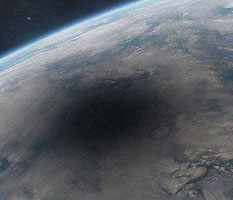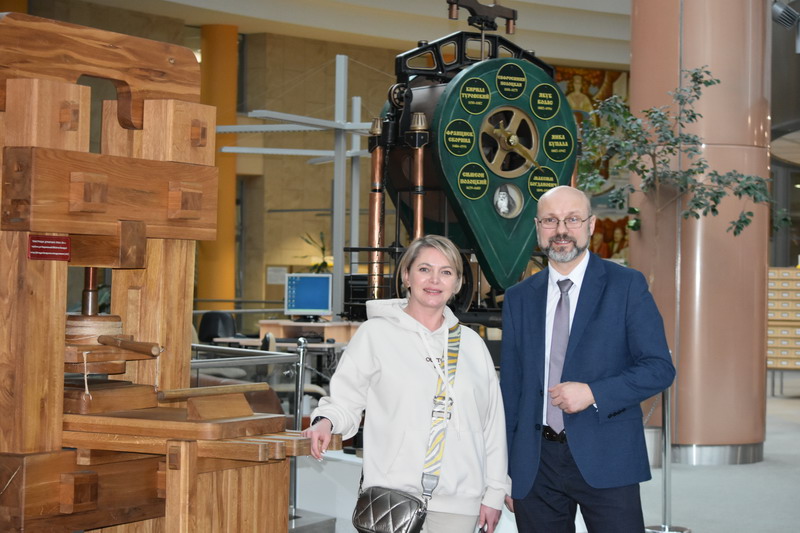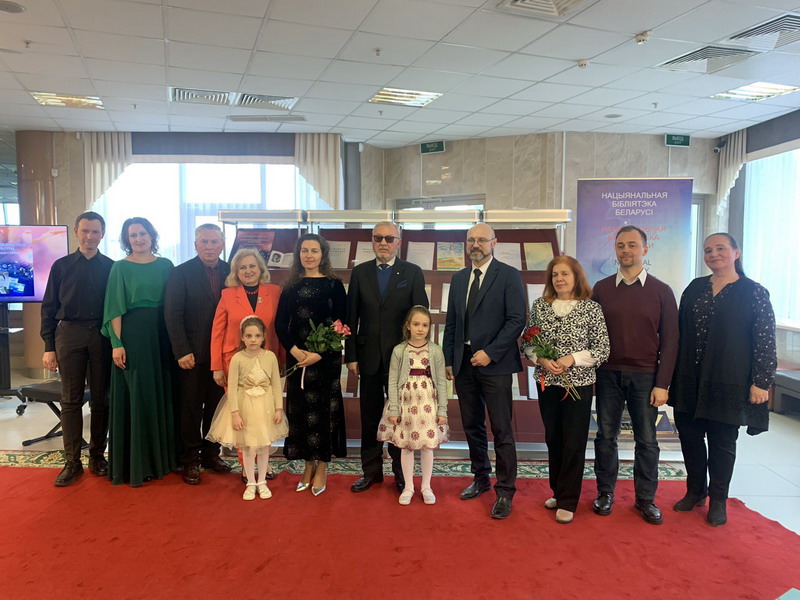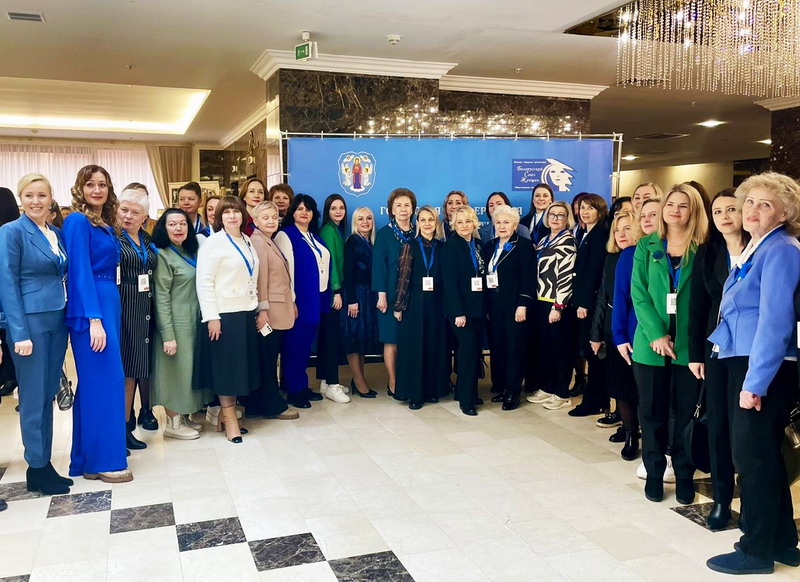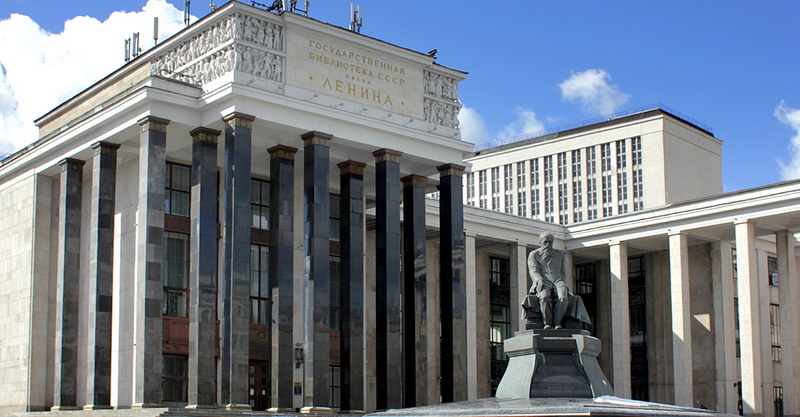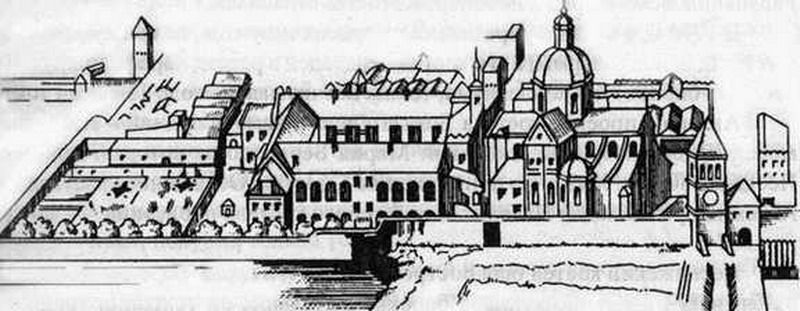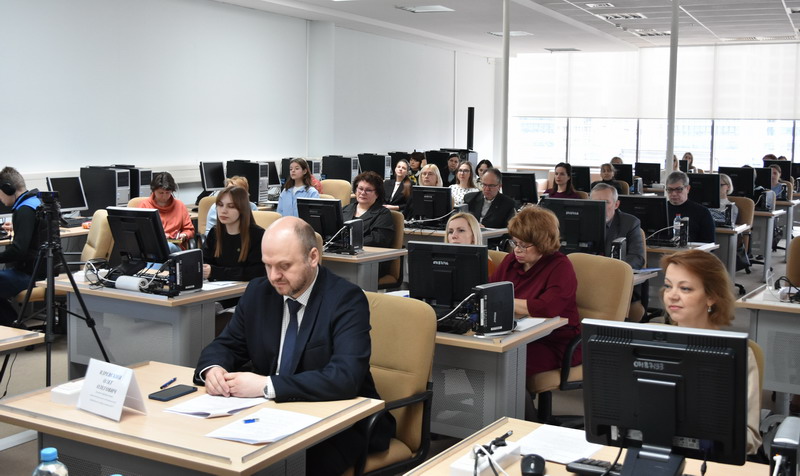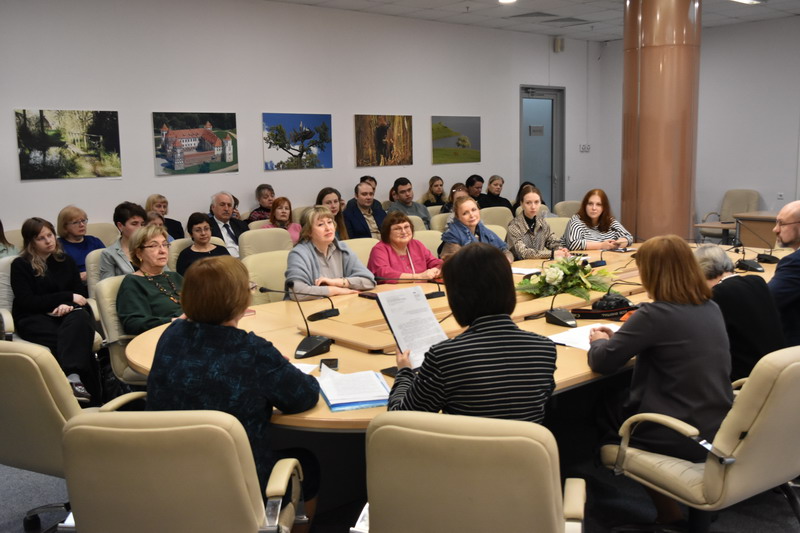From 5 September to 1 October, a thematic book exhibition “Protection of the ozone layer: the observance of obligations” timed to the International Day for the Preservation of the Ozone Layer runs in the Documents of international organizations reading room (2nd floor, room 207g).
This day was proclaimed by the UN General Assembly on 19 December, 1994, (resolution 49/114) and is observed annually on 16 September. This date was chosen for the reason that on 16 September, 1987, 36 countries including the USSR signed the Montreal Protocol on Substances that Deplete the Ozone Layer. According to this document participating countries must limit, and later on stop producing ozone-depleting substances.
The ozone layer is a thin gas screen which protects the Earth from the sun’s harmful UV radiation. It lies between 10 to 50 kilometers above the Earth’s surface. Depletion of the ozone layer is fatal to the biosphere and all life on the Earth. Ultraviolet radiation can cause skin cancer, blindness and other diseases.
Scientific researches carried out in the 1980s showed that a number of extensively used chemical agents are extremely dangerous to the ozone layer. Scientists discovered a drastic ozone loss over Antarctica, and thus the term “ozone hole” appeared.
Acknowledgement of the ozone depletion phenomenon prompted the world community to cooperate for the protection of the ozone layer. On 22 March, 1985, 28 countries adopted and signed the Vienna Convention for the Protection of the Ozone Layer, and in September 1987 the Montreal Protocol on Substances that Deplete the Ozone Layer was signed. In next years the four amendments to the Montreal Protocol were adopted. They had corrected the obligations following from this international document making them more strict.
The major task of the Montreal Protocol is to preserve the ozone layer by means of ceasing production and consumption of ozone-depleting substances all over the world. The step-by-step reduction of use of ozone-depleting substances furthers the protection of the ozone layer, and also contributes to the global efforts for climate change.
At present due to the step-by-step reduction of use of 98 percent of ozone-depleting gases in household, industry and agriculture the ozone layer is restoring and, according to scientific forecast, will completely restore in 50 years. Thanks to these efforts million cases of skin cancer or cataract have been prevented, and the impact of UV radiation on environment has been reduced. Besides the Protocol has promoted innovation in chemical and engineering industry and the development of more efficient and environmentally safe refrigerating systems.
Today the protocol is ratified by 197 governments, i.e. by all the UN member countries. Former UN Secretary-General Kofi Annan called the Montreal Protocol “perhaps the single most successful international agreement”.
The exhibition presents over 50 documents in Russian and English languages. Most part of the exhibition are documents of international organizations: books, brochures, the United Nations’ mimeographed materials, periodicals and booklets.
The expositions includes the following thematic sections:
- international and regional cooperation and interaction for preservation of the ozone layer, international legal documents on the protection of the ozone layer;
- the protection of the ozone layer for the preservation of life on the Earth;
- the ozone layer and pollution of the atmosphere;
- the ozone layer, the greenhouse effect and climate change.
The exhibition will be interesting to research workers, university professors, students and graduates in ecology, biology and geography, specialists in nature management and environment protection, and also to everyone who is interested in ecological problems and preservation of the Earth’s ozone layer.
Useful links
- The International Day for the Preservation of the Ozone Layer (16 September)
- Depletion of the ozone layer
- The United Nations Environment Program (UNEP)
- Climate change and the global warming
- Climate change
- The environmental strategy (TUNZA)
- The World Environment Day (5 June)
Documents
- The Protocol to Abate Acidification, Eutrophication and Ground-level Ozone to the 1979 Convention on Long-range Transboundary Air Pollution (1999)
- The Montreal Protocol on Substances that Deplete the Ozone Layer (1987)
- The Vienna Convention for the Protection of the Ozone Layer (1985)
- Environmental conventions and agreements
- Declarations on environment
- Protection of the Atmosphere (Chapter 9 of the Agenda 21)
 |
 |
 |
 |

